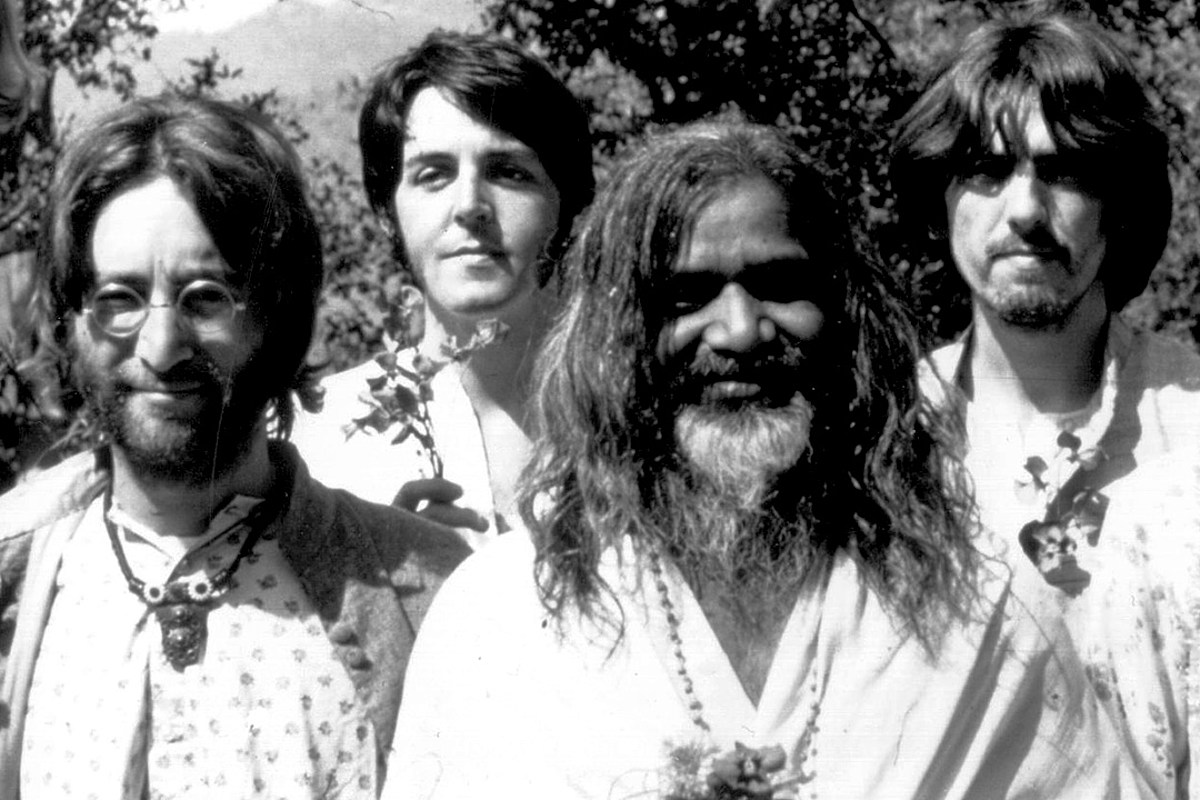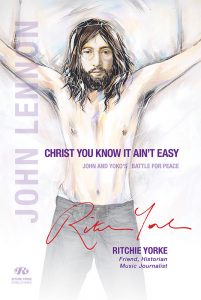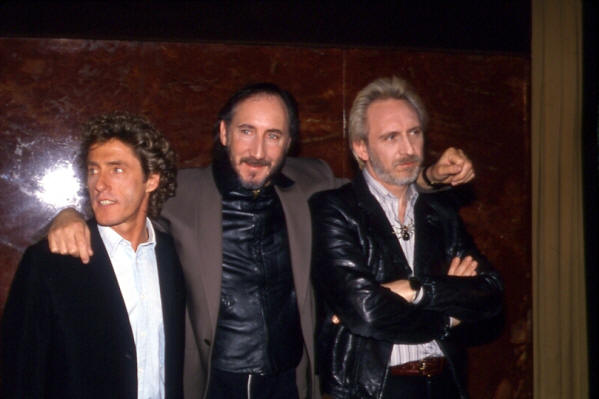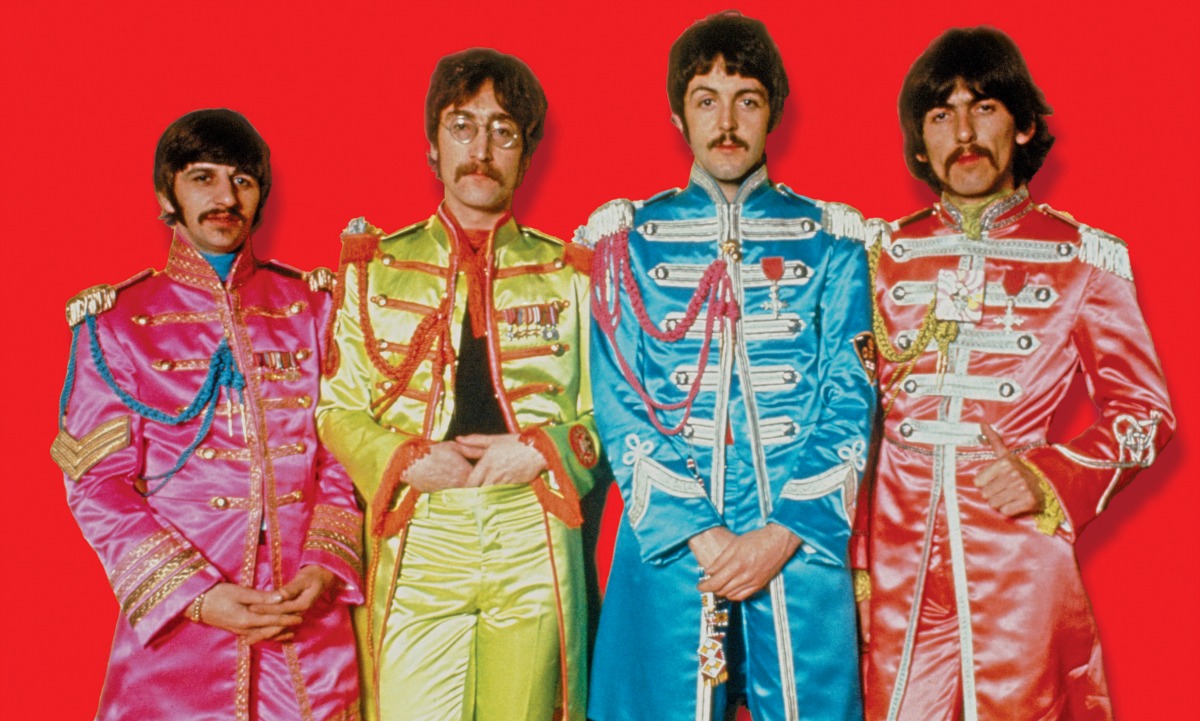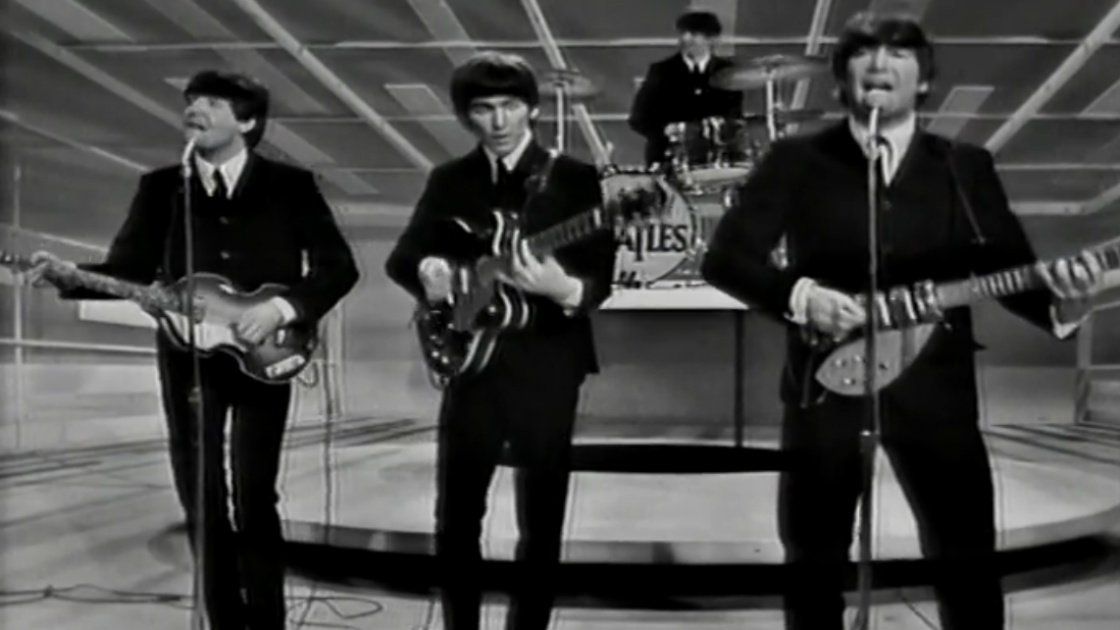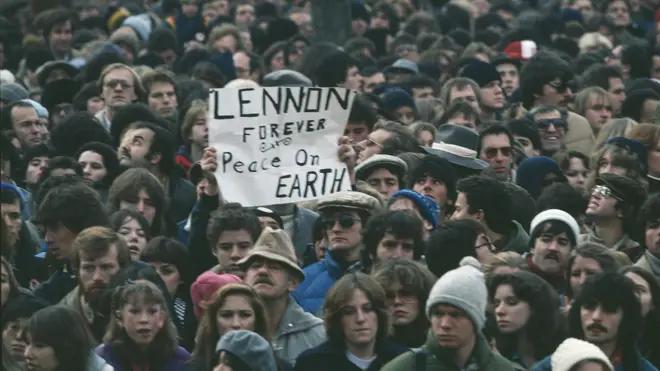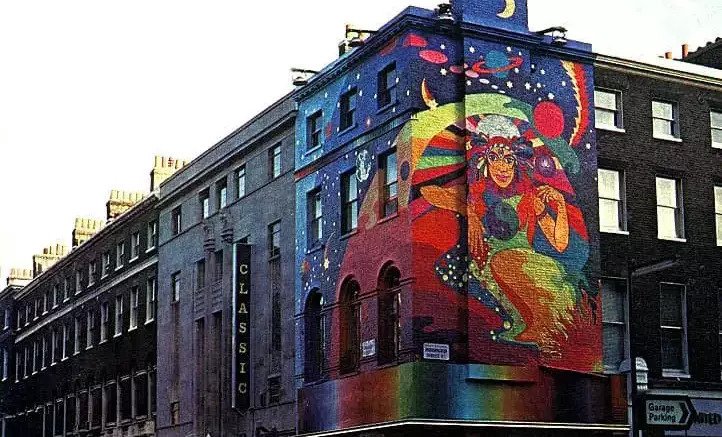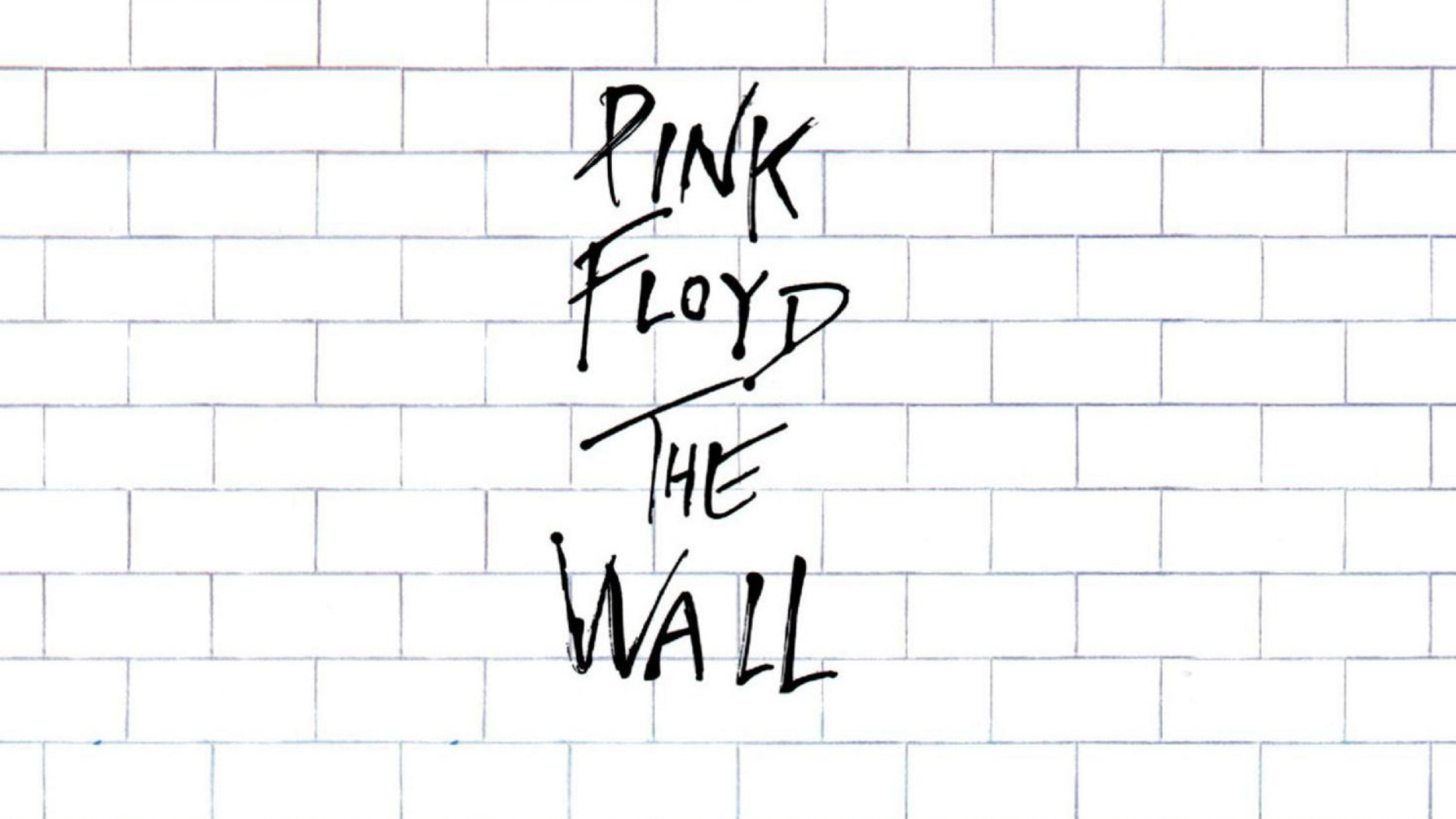15 Feb The Beatles Head to India to Study Meditation
On this day in 1968, John Lennon and George Harrison flew to India to study meditation
In August of 1967, The Beatles attended a seminar held by Maharishi Mahesh Yogi, and planned to join him shortly after for a three month training course in Transcendental Meditation. Immediately after the seminar, the band announced they had stopped taking drugs and were looking at meditation as a more natural alternative. However, their plans to study with the Maharishi were cut short by the tragic death of the bands manager, Brian Epstein, and the subsequent plans to make a television film, Magical Mystery Tour.
Six months later, John Lennon and George Harrison were the first to fly out to India, alongside their wives, to undertake the course. Paul McCartney and Ringo Starr would join shortly afterwards. They joined a group of 60 training to be Transcendental Meditation teachers, among them musicians Donovan, Paul Horn, Mike Love of the Beach Boys and actress Mia Farrow. Their days were spent largely meditating and attending lectures held by the Maharishi, though some private lessons were also offered to The Beatles. This environment, paired with the protection from the media helped the band focus and relax. The period of study would prove to be productive for the band musically as well, as they wrote and recorded many songs, with Starr writing his first. Of these tracks, eighteen would appear on The Beatles, more commonly known as “The White Album” and two others on Abbey Road. A handful of songs would also appear on solo projects after the bands eventual break-up.
Despite the productive recording sessions, the members of the band took to the meditation training with varied degrees of enthusiasm. Starr would leave after only 10 days, with complaints about the food, while McCartney grew bored and left after about a month. Harrison and Lennon would complete two months before they left after controversies arose surrounding the Maharishi. Despite none of the band completing the training, all members would continue to practice and proclaim the benefits of Transcendental Meditation publicly. The facility where they studied was reopened in 2015 and eventually renamed as the Beatles Ashram.
